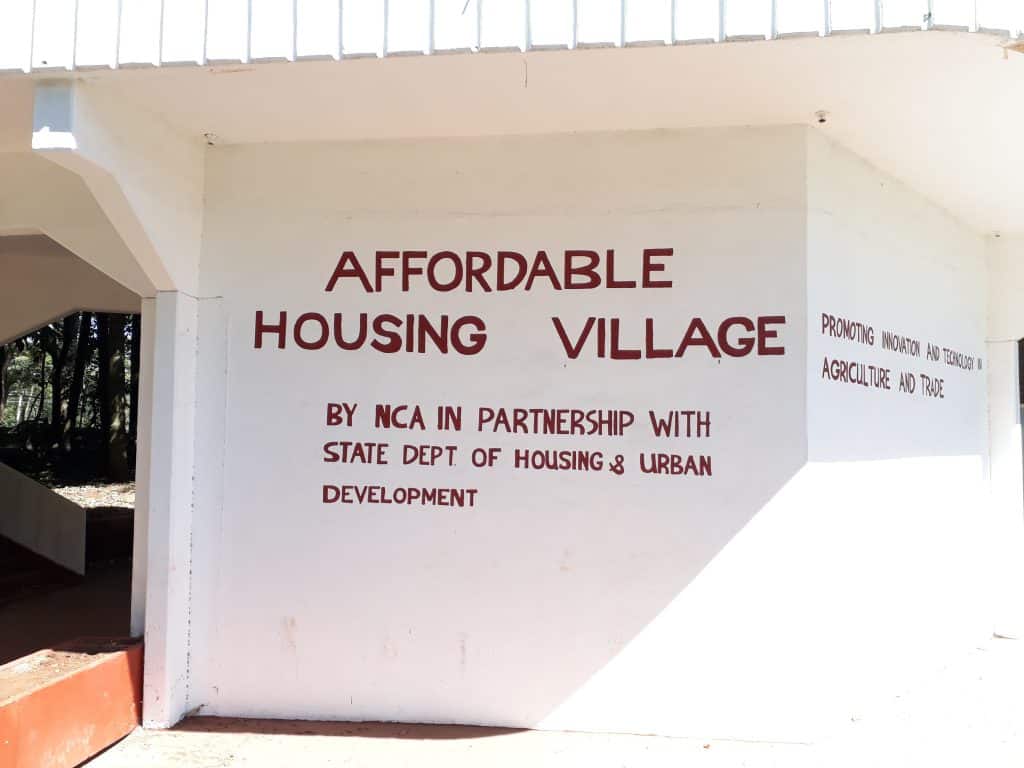There is a lack of housing in Kenya as a result of the booming population and (for the most part) an ever-growing economy. This means that for many years the Kenyan real estate market been a developer’s dream. Developers have focussed on a growing wealthy Middle Class. Developers have benefitted from :
- Large projects.
- Repeat designs.
- Economies of scale.
- Quick project turnaround.
- A market.
However the quest for returns on Investment has meant that affordable housing for lower income earners has been left behind . Additionally ,In the last 2 years it seems that the boom has run its course. With the decline of the property market and lack of finances, many projects have stalled or failed. As a result, many properties are empty or unsold. Rents in high-end neighborhoods are falling. Bank repossessions are at an all-time high.
The government has recognised that there is a disparity between Affordable housing and the current construction trends . As a result it has developed the Big 4 Agenda
The Big 4 Agenda
The Government of Kenya, through Vison 2030, is committed to delivering an ambitious economic plan. It has a long-term development goal for Kenya and its Citizens. The plan has four main Agendas:
- Affordable Housing.
- Universal Health coverage.
- Enhancing manufacturing.
- Food security and nutrition.
Under Affordable Housing, the State Department for Housing and Urban Development (SDHUD) is tasked with implementing the Affordable Housing Agenda, their task is to:
- Providing state-owned land at an affordable cost.
- Developing bulk infrastructure for identified sites.
- Coordinating and expediting statutory approvals from authorities and utility providers.
- Making provisions to ensure housing units for Kenya Citizens are at an affordable price.
- Create an environment that mobilizes private sector resources by de-risking projects.
- Encouraging private sector investment and participation in the Affordable housing program.
Why haven’t developers taken up this challenge?
Eight years into the ‘BIG 4’ agenda, most of the above are not in place. Many questions like:
- What is that actual reality?
- From where is this mass market going to get its finances?
- How are lenders going to secure their interests?
- How are we, as players participating in this agenda?
- Can we afford to participate in this agenda?
- Is it another Government plan that will tie us up in red tape bureaucracy?
- Does it want to create another private income stream for those entrusted to uphold and facilitate the agenda?
What questions really need to be answered?
But the real question that needs answers is, how can we build all these new homes at a price Kenyan’s can afford?
The answer must be in new technologies and building techniques. The ways used are too costly and time-consuming for the Wananchi.
Kenyans at large are early adopters. Quick to embrace new technologies. They are always looking for a new way of doing things. The result is the private industry is introducing different products into the marketplace. Therefore aiming to bridge the gap between the Government vision and the current reality.
A myriad of products
In the construction industry, we have a myriad of products. One search products is the beam and block system. These products help achieve the same result. However, each has its way of solving a particular problem. However, many solutions are not agreeable with one another.
A while back, the NCA, in partnership with the State Department of Housing and Urban Development, came up with a project. They created a project, The Affordable Housing Village at the Bomas of Kenya. In reality, private companies had the opportunity to showcase their products. Above all, it was stunning seeing many private Kenyan companies showcase these products. In short, they were insightful and productive building techniques and technologies.
Previous
Next
The beam and block system
At EcoConcrete, we are proponents of our Beam and Block system. Even though it is not a new technology, it is relatively new in Kenya. The system brings with it a tried, proven, and trusted pedigree. It is used in Europe since the 1970s. Sizable research has gone into the design. The result is a floor that is now a safely engineered product used in various applications. Site Installation drawings are produced based on load and span tables. Subsequently, the drawings are checked by a qualified Engineer. The reason is to measure and ensure the system’s safety.
How does the beam and block system work?
Beam and block is used in many places. Both large and small. It is suitable for building in Kenya as most sites use a high labor factor. The beams are light enough to be carried by hand and placed in position without requiring expensive machinery. This fact alone makes it practical for the majority of builds.
It is also much, much faster than a normal slab. It takes only 20% of the time to install the same floor. Add this to the many associated cost savings it lends itself to affordable housing projects of any scale.
Final Words
To sum up, as a country and an industry need to do more. We all need to do more to join up the dots. The aim is to make affordable housing a reality. That is to say, we have taken the first steps. Tools are now there. The beam and block system is here, but we must not lose focus on the goal. However, we must keep pushing until we succeed. The goal is to create real Kenyan heaven of affordable housing. It is for all those who need it.

